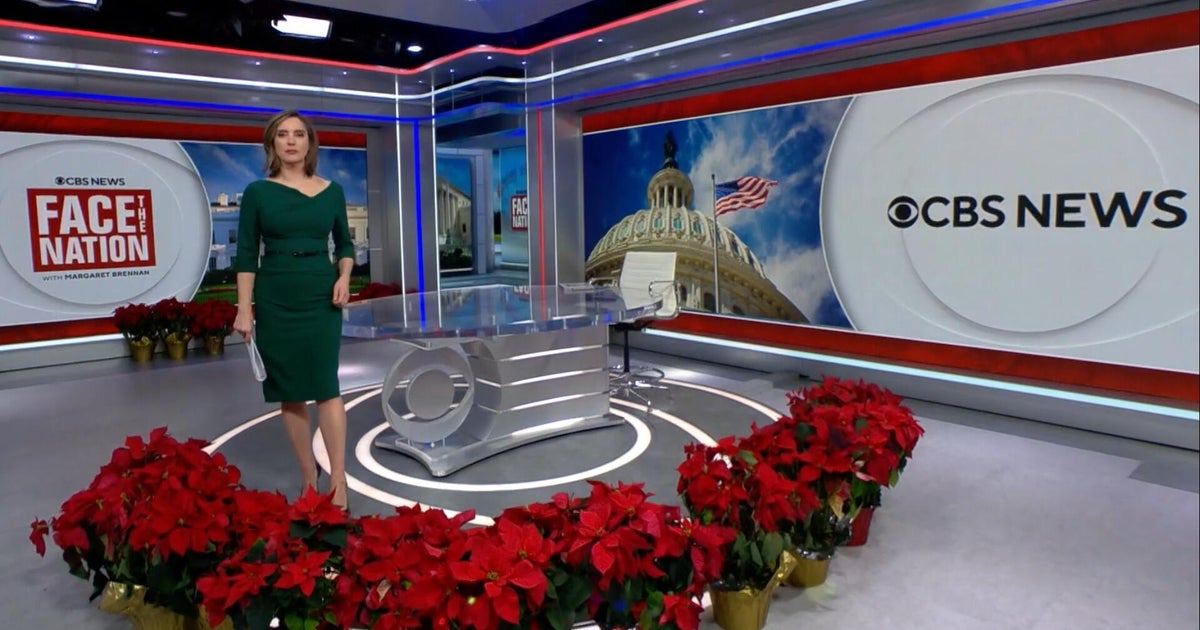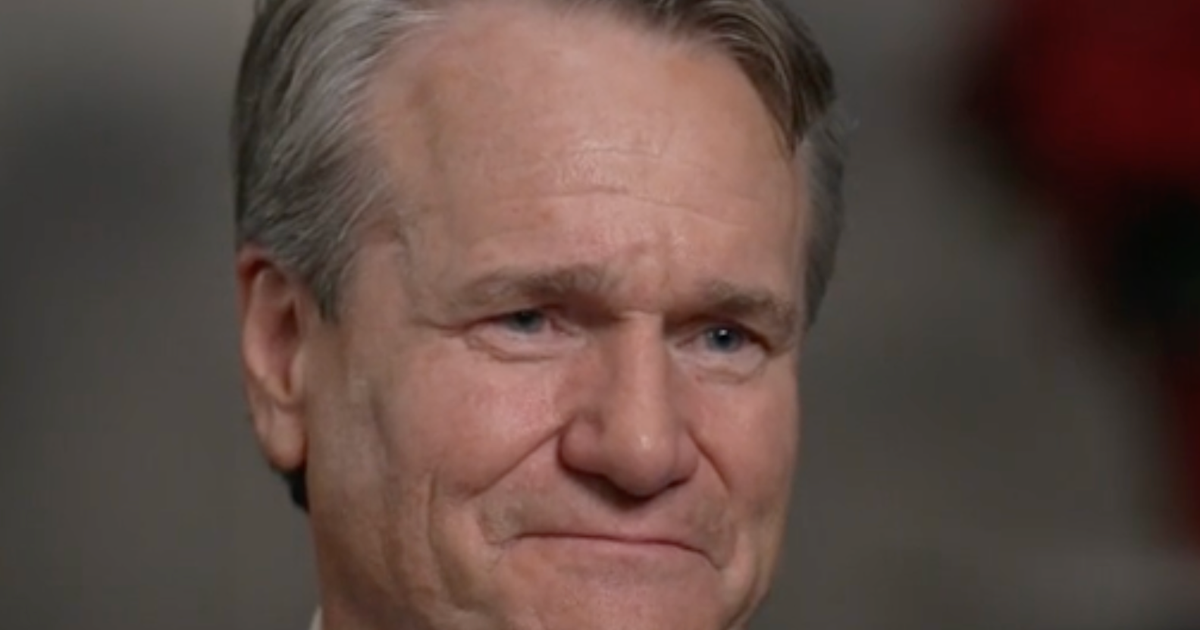Washington: The Trump administration has spent the US Labor Day holiday asserting its claim to be the most pro-worker government in American history.
Part of its case is a new achievement: $US8 trillion ($12.2 trillion) in tariff revenue thanks to President Donald Trump’s aggressive push to increase import duties on goods from nearly every country in the world.

US President Donald Trump has led the charge for tariffs on trade.Credit: AP
That claim appeared on official White House social media pages over the holiday weekend, and comes days after a federal appeals court largely upheld an earlier ruling that found many of Trump’s tariffs – including those on Australian products – are illegal.
“$8 trillion in tariff revenue. Hundreds of thousands of new jobs,” the White House proclaimed, accompanied by a photograph of Trump signing an executive order in the Rose Garden.
But is that true? Absolutely not.
Treasury data shows that by July 31, tariffs had directly brought in about $US142 billion since October 1, 2024 (in the US, the fiscal year runs from October 1 to September 30). The figure is certainly up: over the same 10-month period in the previous fiscal year, tariffs raised a little more than $US68 billion.
The Tax Foundation, a non-partisan think tank, estimates Trump’s tariffs will collect an extra $US172 billion in 2025, barring major changes, and about $US2.5 trillion over the decade. The Yale Budget Lab projects they will bring in a similar amount; $US2.7 trillion from 2026-35. The Congressional Budget Office recently increased its projections, saying the tariffs would reduce the deficit by about $US4 trillion over a decade.
For the record, those are broadly in line with what Treasury Secretary Scott Bessent predicted: he has said the tariffs will collect about $US300 billion a year.
That’s nothing to sneeze at, but it’s certainly not $US8 trillion. So, where is Trump getting that number from?
Plainly, he is including several significant investment commitments announced by foreign countries (United Arab Emirates, Qatar and Japan) and major companies, including Apple, NVIDIA and OpenAI. Trump says they are investing in the US because they don’t want to pay the tariffs that would apply to their overseas-made products.
But those investments are over the long term, may not ever materialise, may have happened anyway, and certainly don’t count as “tariff revenue” in any economist’s definition – or that of any man at the pub, surely.

Trump’s April 2 announcement of tariffs. A US appeals court has since found Trump didn’t have the authority to impose his tariffs.Credit: Bloomberg
One of these purported investments is $US600 billion from the European Union. But the text of the framework shows this is not new money nor a special deal, but reflects that “European companies are expected to invest an additional $600 billion across strategic sectors in the United States” by 2028.
“It’s nonsense top to bottom,” said Justin Wolfers, an Australian professor of economics at the University of Michigan, of the administration’s tariff revenue claims. “There are ways to mislead and there are ways to overstate, and then there’s just looking you in the eye and lying.”
Loading
Jessica Riedl, a senior fellow at the conservative Manhattan Institute, said the tariff revenue boast was one of several claims made by the White House over the weekend that were “completely, 100 per cent made-up”.
“Those figures are so detached from reality that they may as well claim $44 quadrillion in budgetary savings, and a googolplex in tariff revenues,” she said on X.
Trump, however, is now routinely using the figure without qualification. He claimed on Sunday that “without tariffs, and all of the TRILLIONS OF DOLLARS we have already taken in”, the US would be destroyed. In another post, he claimed the tariffs had attracted $US15 trillion in investment.
It serves as a neat example of how Trump and his administration misuse numbers and manipulate language in ways that are often transparent and brazen. The figure – having been lobbed into the discourse thanks to some creative accounting – is then repeated without context until it becomes an uncontested fact.
Witness also Trump’s insistence that the US has spent $US350 billion on military assistance for Ukraine – rarely challenged despite being nearly double most estimates – or his claim that crime in Washington is “virtually nothing” thanks to his decision to send in the National Guard.
The tariff hyperbole now has a fresh urgency as Trump tries to build a case that it would be economically ruinous for the American economy if they were removed. It is almost certain the federal government will appeal to the Supreme Court to try to overturn last week’s ruling in the US Court of Appeals, and the 7-4 split verdict lays the groundwork for a contest in the politicised high court.
Get a note directly from our foreign correspondents on what’s making headlines around the world. Sign up for our weekly What in the World newsletter.
Most Viewed in World
Loading

















































